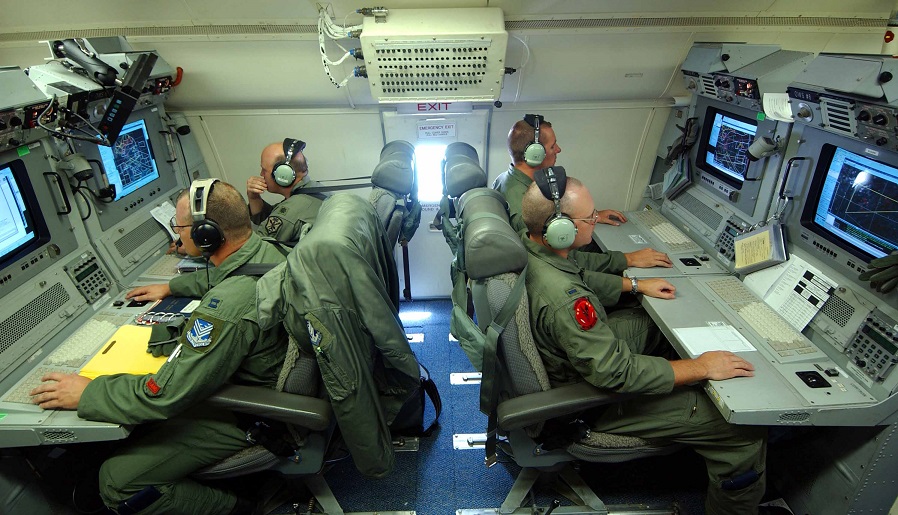This post is also available in:
 עברית (Hebrew)
עברית (Hebrew)
The changing threat environment and concerns about advanced adversaries are prompting the US Air Force to consider jettisoning plans to buy a next-generation Joint Surveillance Target Attack Radar System (JSTARS).
JSTARS aircraft and equipment are a leading provider of battle management, command and control, and intelligence, surveillance and reconnaissance capabilities for the U.S. military. The JSTARS Recapitalization program was intended to replace aging platforms with a follow-on system. However, the service is about to kick off an analysis of alternatives that could put the program in jeopardy.
“Our advanced battle management system AOA which begins this fall … is really looking at the contested environment out in the future,” said Air Combat Command Commander Gen. Mike Holmes.
According to nationaldefensemagazine.org, JSTARS aircraft are modified civilian jetliners. Their operators use sophisticated sensors and communications equipment to search for enemy ground targets and then direct other platforms to attack them. In recent decades, the manned planes have operated in relatively low-threat environments. There are growing concerns that they could have difficulty surviving in a future fight against advanced adversaries.
“How long do you keep trying to make that work in a more and more contested environment?” Holmes asked. “How long should we continue to fund a [ground moving target indicator] capability … the classic way we’ve done it with an integrated platform that has sensors and air-battle managers onboard? … How much of our threat environment in the future will allow us to do that?”
The service planned to procure 17 next-generation JSTARS aircraft at an estimated total program cost of $7.1 billion in the fiscal year 2017, according to the Government Accountability Office. Now they are looking for alternatives.
Relying on a more distributed sensor architecture is one option, according to the Air Force. Meanwhile, the source selection process for the JSTARS Recap program has not been put on hold, officials noted. Three industry teams led by Northrop Grumman, Lockheed Martin and Boeing respectively, are competing for a contract award for the engineering and manufacturing development phase. A source selection decision is still slated for the fiscal year 2018.


























